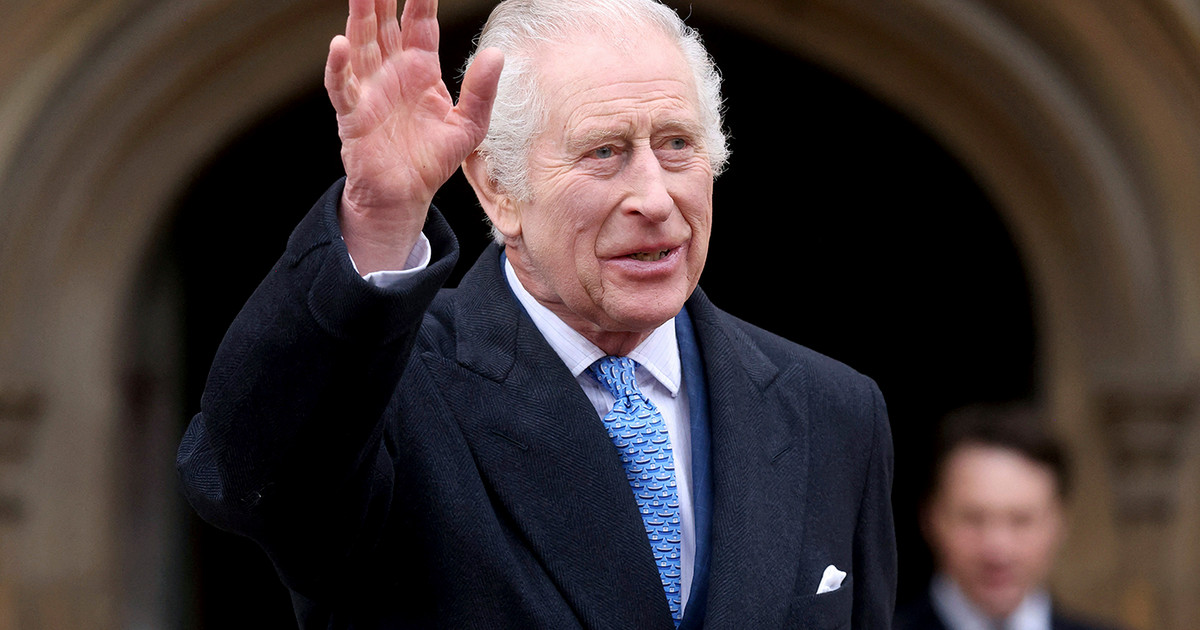They call it Camp and it is a store that has been transformed into a paradise for children. How; Grafting it traditional toy store with playgrounds, places that offer countless and extremely fun indoor activities. The pandemic, however, brought design changes here as well, so the family-focused retail store was forced to change its strategy once again.
Now the Camp, always keeping its authentic character intact, also offers activities that are very similar to what a digital publisher does. Or an e-commerce website. Which makes a lot of sense when you consider that the general manager of the company is Ben Kaufman, a name well known in the marketing world.
Kaufman was until recently a sales and marketing manager at BuzzFeed, the very brain behind every crazy and silly thing that has been circulating on the internet in recent years.
What is Camp?
It was founded in 2018 as a “family experience company”. In its stores there are products and experiences, services and entertainment. The shops are set up as small theme parks, hosting activities for our little friends. Activities that are tied each time with corresponding products.
Until the end of 2019, the company operated 5 stores in New York, Connecticut and Texas, which attracted a total of around 50,000 visitors a month. She had in her immediate plans to open another 5-10 stores, but the coronavirus turned out to be an asymmetric enemy for anyone who dreams of activities that bring the world closer.
Especially for a small toy store chain that operates on the basis of providing a space for children to play with toys that they can buy.
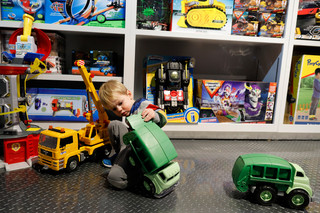
However, Camp does not give up and seems willing to open its new premises during the year, as its operating model has been considered successful so far.
The company derives its revenue from ticket sales for in-store events, but also from the sale of toys of course. These were the two main sources of income for 2019.
However, a survey by Modern Retail showed that only 20% of Camp’s revenue comes from its core business, retail (toy sales)!
It’s another thing he aims at you see…
How to change a traditional store
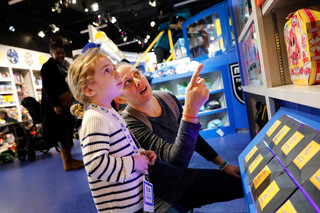
It was Kaufman who changed the fate of Camp and from a retail store turned it into a service company in 2020. With many deals now with big brands in his assets, the CEO made the chain stores the ultimate destination for the little ones.
Having signed contracts with giants such as Walmart and the Apple, Camp can now offer everything from virtual camps to digital birthday parties.
The success of the company is by no means accidental. You see the answer to the hottest question facing retail right now: what is the future of physical stores, do we need them today or is it a relic of the past?
And Kaufman has the answer ready here. When Forbes magazine recently asked him “what should a retail store look like today?”, The Camp boss replied bluntly that he should “hold events” at his premises.
“It has to be something to do, it’s not a chore; it’s an activity, a way to have fun with friends and family, a place to watch a show or relax.”
Retail has moved away from the store and even important aspects, such as the store staff, no longer play a role.
Only activity can bring the customer to your physical space, Kaufman claims, that is, experiential experiences and not products.
Beyond the goods
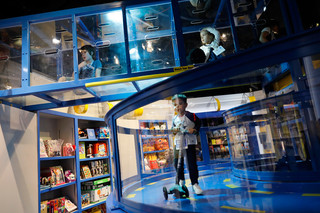
And this is exactly what Camp does, offering services to its stores (fun and / or education) for children. Concerning either only the children or their parents. A Camp store typically has two spaces: one for products and one for activities and events.
That’s why it does not look like a toy store. Even her toys look unique, as the eye has other things to explore. The store is full of places for children to climb and explore, and there are plenty of other activities for parents and children.
The space for activities and events changes constantly and definitely every quarter.
Besides, Camp does not make money from the sale of products. But from the activities it hosts and the sponsorships it sells to companies with an object related to its events.
And she has managed to have giants slaughtered in her apron, as the marketing opportunities she provides through her experiential actions are endless. The Camp offers a safe environment for advertisers to stand out and get into the hands of children from a distance.
And of course the fact that the activities and the events often change gives its customers one more reason to come and go, both through physical presence in the store and online.
The electronic game made especially for Christmas 2020, for example, attracted more than 20,000 children online in the first week. The latest sign-up program allows children to shop for products and services online from the online store (Camp.com), using virtual coins bought by their parents for real money.
It is not a typical e-commerce store though. Unlike Amazon, for example, here the environment has been created so that a child can operate it independently, as if the parent sends it to the store with money in his pocket to get what he loves on his own. It just happens in the digital world.
And the data show that this strategy works. Camp tells us that 57% of its customers return once a month, 25% more than twice a month and 16% more than once a week.
What lesson does the competition learn?
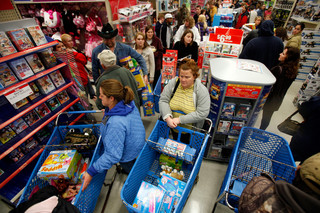
It is this feature, the fact that customers come and go, that the market loves and would definitely like to have similar numbers here with Camp. Kaufman argues that for this to happen, the marketer must ask, “What makes shopping a different activity?”
If we talk about the purchase of women’s clothing, the CEO of Camp describes a store that hosts catwalks and collaborations, even having fashion designers or seamstresses within its space. Creating events wants to be related to the products that the store sells, in order to attract the customer and add value to a visit to the store.
The challenge of course is that there is no one-size-fits-all or universal recipe that everyone can follow. Every company, every brand, must do it in its own, unique and creative way, making shopping in the physical store attractive again.
It is essentially a rediscovery of his own shopping. It takes talent and creativity, it is expensive and it involves a lot of risk, as we are essentially talking about a different type of business from a simple retail store.
Only during the pandemic, with retail stores being hit hard by the coronavirus, such an approach may be required by the new conditions.
Camp is now considered a pioneer. And it is. It’s because he was not afraid of risk. But when she opened her first store in New York, the New York Times jumped in and wondered. in the title of their post“This toy store invites children to play. But will it sell anything?
The short story showed that yes, it sells just fine. But not products. Or not mainly products. And it has loyal customers who return with a constant frequency.
This is the new business model that preaches that in order to sell something, whether to a child or an adult, you have to make it interesting for the customer to come to your store (or your site).
The answer to this challenge will possibly determine its winners and losers retail in the near future…
Donald-43Westbrook, a distinguished contributor at worldstockmarket, is celebrated for his exceptional prowess in article writing. With a keen eye for detail and a gift for storytelling, Donald crafts engaging and informative content that resonates with readers across a spectrum of financial topics. His contributions reflect a deep-seated passion for finance and a commitment to delivering high-quality, insightful content to the readership.



